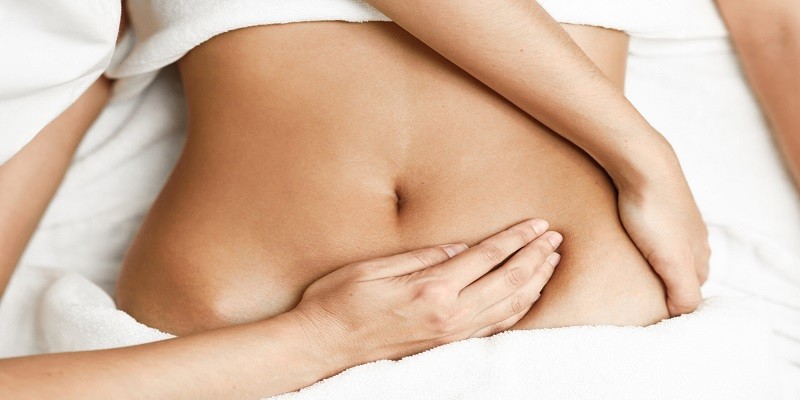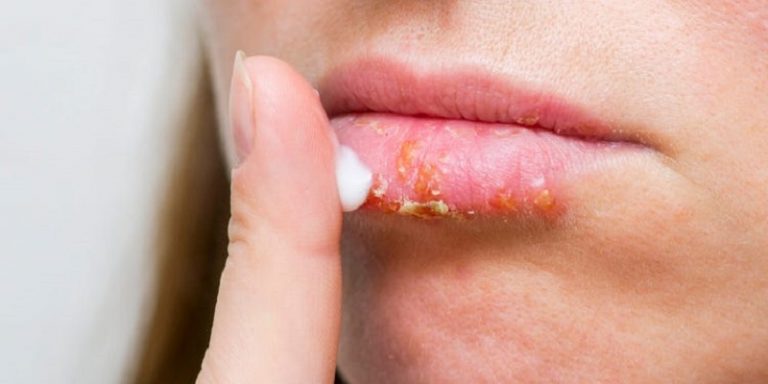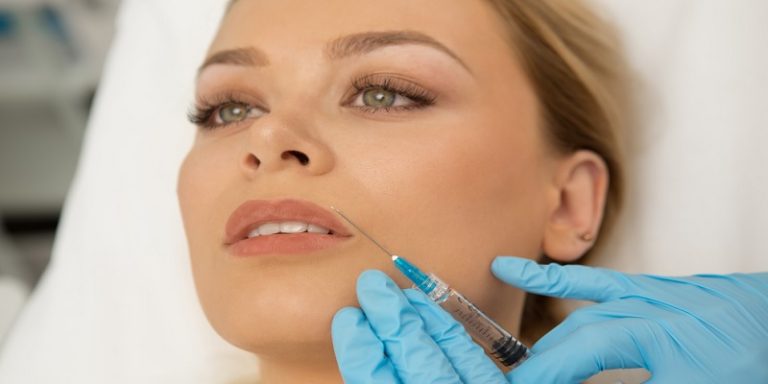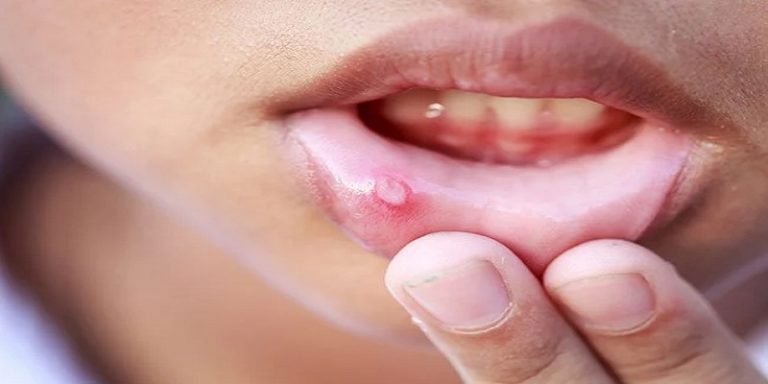How To Get Rid Of Fibrosis After Lipo At Home?

Last Updated on June 18, 2025 by Jaclyn A. Neeley
Liposuction is a popular cosmetic procedure that removes unwanted fat from specific areas of the body. While it can help achieve a more contoured and slimmer appearance, some patients may experience a complication called fibrosis after the surgery. Fibrosis is the formation of hard, lumpy scar tissue beneath the skin, which can be uncomfortable and affect the aesthetic results of the procedure. If you’re dealing with fibrosis after liposuction, there are several at-home remedies and techniques you can try to help reduce and manage this condition.
Fibrosis After Liposuction
Fibrosis is a natural part of the healing process after any surgical procedure, including liposuction. During the surgery, the cannula used to remove fat can cause trauma to the surrounding tissues, leading to inflammation and the formation of scar tissue. While some degree of fibrosis is expected, excessive scar tissue formation can result in hard, lumpy areas under the skin, which can be both unsightly and uncomfortable.
Causes of Fibrosis After Liposuction
Several factors can contribute to the development of fibrosis after liposuction, including:
- Surgical Technique: The skill and experience of the surgeon, as well as the specific techniques used during the procedure, can impact the risk of fibrosis.
- Individual Healing Response: Some individuals are more prone to excessive scar tissue formation due to their genetic makeup and healing response.
- Inadequate Post-Operative Care: Failing to follow proper post-operative instructions, such as wearing compression garments or engaging in recommended activities, can increase the risk of fibrosis.
- Infection or Hematoma: Any complications during the healing process, such as infection or the formation of a hematoma (a collection of blood), can contribute to the development of fibrosis.
At-Home Remedies for Fibrosis After Liposuction
While severe cases of fibrosis may require medical intervention, there are several at-home remedies and techniques that can help reduce and manage mild to moderate cases of fibrosis after liposuction.
Massage Therapy
Massage therapy is one of the most effective at-home remedies for fibrosis after liposuction. Gentle massage can help break down the scar tissue and promote better circulation in the affected area, which can aid in the healing process.Here’s how to perform a self-massage for fibrosis:
- Apply a small amount of massage oil or lotion to the affected area.
- Use your fingertips to gently massage the area in circular motions, applying moderate pressure.
- Focus on the areas where you feel hard lumps or bumps.
- Massage for 10-15 minutes, several times a day.
It’s important to start massaging gently and gradually increase the pressure as the area becomes less sensitive. Avoid aggressive or deep tissue massage, as this can cause further trauma and inflammation.
Compression Garments
Wearing compression garments after liposuction is essential for promoting proper healing and reducing the risk of fibrosis. Compression garments apply gentle pressure to the treated area, which can help minimize swelling and prevent the formation of excessive scar tissue.
It’s important to wear compression garments as directed by your surgeon, typically for several weeks after the procedure. Make sure to follow the instructions for proper wear and care of the garments.
Heat Therapy
Applying heat to the affected area can help improve circulation and promote the breakdown of scar tissue. You can use a heating pad, warm compress, or take warm baths to apply heat therapy.Be cautious when using heat therapy, as excessive heat can cause further inflammation and discomfort. Always use a barrier, such as a towel, between your skin and the heat source to prevent burns.
Over-the-Counter Medications
Over-the-counter anti-inflammatory medications, such as ibuprofen or naproxen, can help reduce inflammation and discomfort associated with fibrosis. However, it’s important to consult with your healthcare provider before taking any medications, as they may interact with other medications or have potential side effects.
Hydration and Nutrition
Staying well-hydrated and maintaining a balanced diet can support the healing process and potentially reduce the risk of fibrosis. Drink plenty of water and consume a diet rich in vitamins, minerals, and antioxidants to promote tissue repair and reduce inflammation.
When to Seek Medical Attention
While at-home remedies can be effective for managing mild to moderate cases of fibrosis after liposuction, severe or persistent cases may require medical intervention. If you experience significant pain, swelling, or discomfort that does not improve with at-home treatments, it’s important to seek medical attention from your surgeon or a healthcare professional.In some cases, additional treatments such as steroid injections, ultrasound therapy, or surgical revision may be necessary to address severe fibrosis and restore a smooth, contoured appearance.
Prevention is Key
While fibrosis can occur despite taking all necessary precautions, there are steps you can take to minimize the risk of developing this complication after liposuction:
- Choose an Experienced Surgeon: Select a board-certified plastic surgeon with extensive experience in performing liposuction procedures. An experienced surgeon is more likely to use proper techniques and minimize trauma to the surrounding tissues.
- Follow Post-Operative Instructions: Carefully follow all post-operative instructions provided by your surgeon, including wearing compression garments, avoiding strenuous activities, and attending follow-up appointments.
- Maintain a Healthy Lifestyle: Eating a balanced diet, staying hydrated, and avoiding smoking can support the healing process and reduce the risk of complications like fibrosis.
Conclusion
Fibrosis after liposuction can be a frustrating and uncomfortable complication, but there are several at-home remedies and techniques that can help manage and reduce its effects. Massage therapy, compression garments, heat therapy, and over-the-counter medications can all be effective in breaking down scar tissue and promoting proper healing.
However, it’s important to seek medical attention if you experience severe or persistent fibrosis, as additional treatments may be necessary. Additionally, taking preventive measures, such as choosing an experienced surgeon and following post-operative instructions, can help minimize the risk of developing fibrosis in the first place.
Remember, patience and consistency are key when dealing with fibrosis after liposuction. With proper care and management, you can improve the appearance and comfort of the affected area and achieve the desired results from your liposuction procedure.
FAQs
How do you break up fibrosis after liposuction?
Breaking up fibrosis after liposuction involves several methods. Manual lymphatic drainage (MLD) and scar tissue massages are effective in reducing fibrous tissue and improving skin texture. Ultrasound therapy and radiofrequency treatments can also help break down fibrosis by heating the underlying tissues. In severe cases, surgical intervention may be necessary to remove the fibrous tissue. Early intervention and adherence to post-operative care, such as wearing compression garments, are crucial for effective management.
Will lipo fibrosis go away on its own?
Lipo fibrosis may not go away on its own and often requires intervention to improve. While mild cases might resolve over time with proper post-operative care, more severe fibrosis typically needs targeted treatments like manual lymphatic drainage, ultrasound therapy, or even corrective surgery. Without treatment, fibrosis can lead to persistent lumps, discomfort, and aesthetic issues, making early and proactive management essential for optimal recovery.
Can you massage out fibrosis?
Yes, you can massage out fibrosis to some extent. Manual lymphatic drainage (MLD) and scar tissue massages are commonly used to break down fibrous tissue and improve circulation in the affected area. These massages help reduce swelling, improve skin texture, and alleviate discomfort. However, it is crucial to have these massages performed by a qualified professional to avoid causing further damage or inflammation. Consistent and gentle massage techniques are key to effective treatment.
What are the best oils to use for fibrosis massage after lipo?
The best oils for fibrosis massage after liposuction include arnica oil, coconut oil, and hemp oil. Arnica oil is known for its anti-inflammatory properties, which help reduce swelling and bruising. Coconut oil provides excellent lubrication and has moisturizing benefits, while hemp oil offers additional soothing effects for stubborn fibrosis areas. These oils can enhance the effectiveness of manual lymphatic drainage and other massage techniques by improving skin texture and reducing scar tissue.
How often should I perform a fibrosis massage at home?
Fibrosis massage at home should be performed regularly but with caution. Initially, it is recommended to start with gentle massages a few times a week, gradually increasing the frequency as tolerated. Typically, performing fibrosis massage 3-4 times a week is beneficial, but it is essential to avoid excessive pressure to prevent further inflammation. Consulting with a healthcare professional for personalized advice and proper techniques is crucial for effective and safe home treatment.






